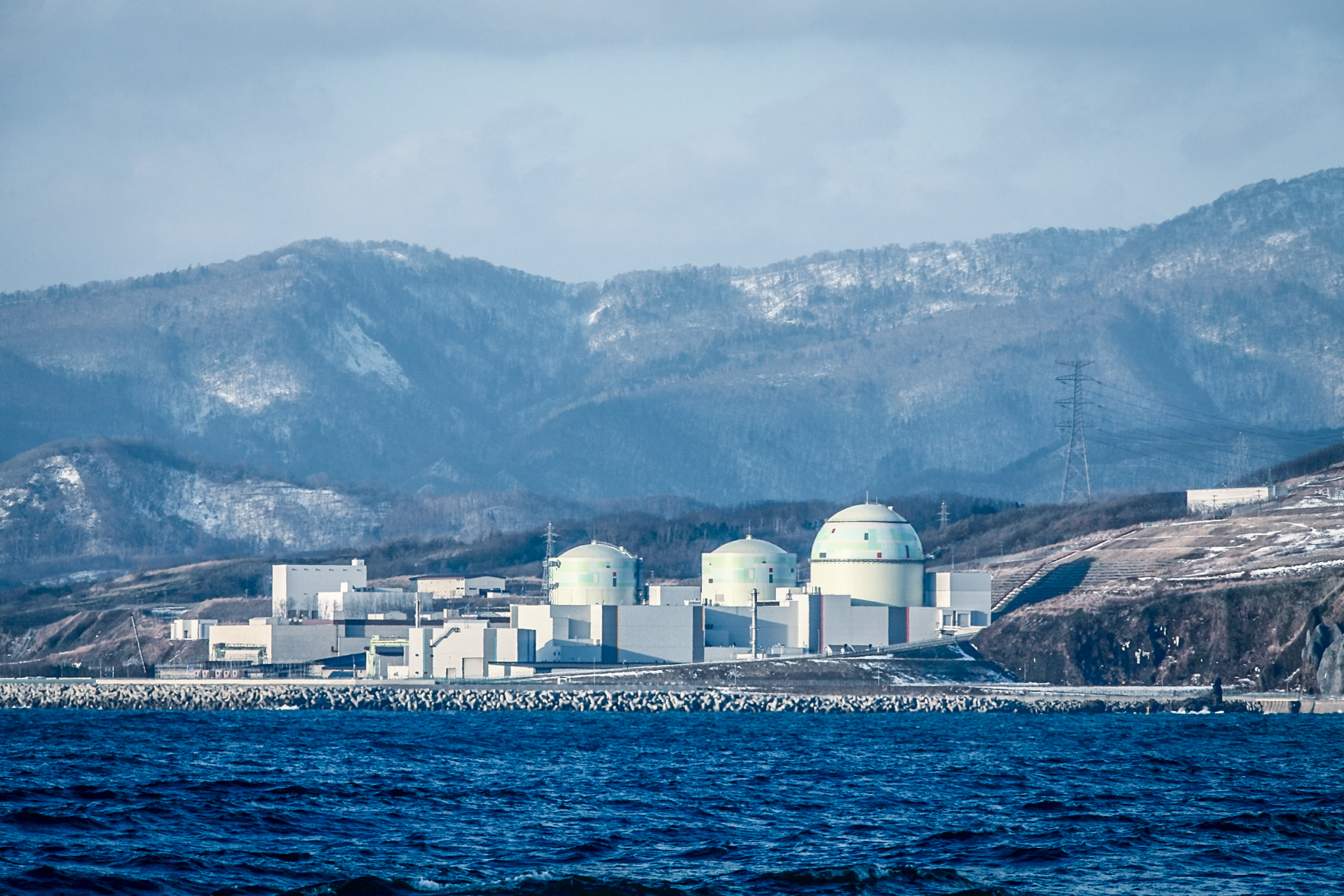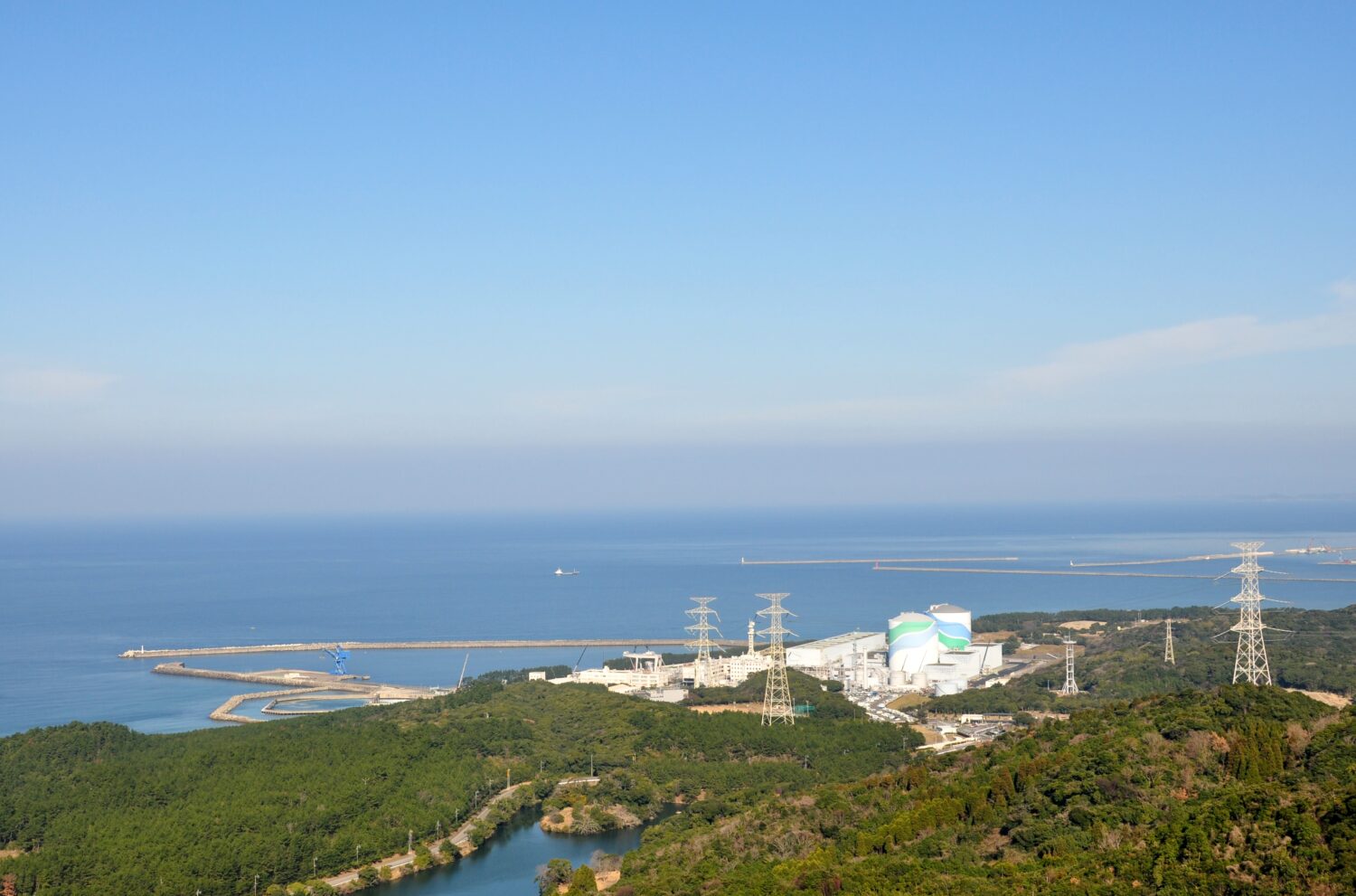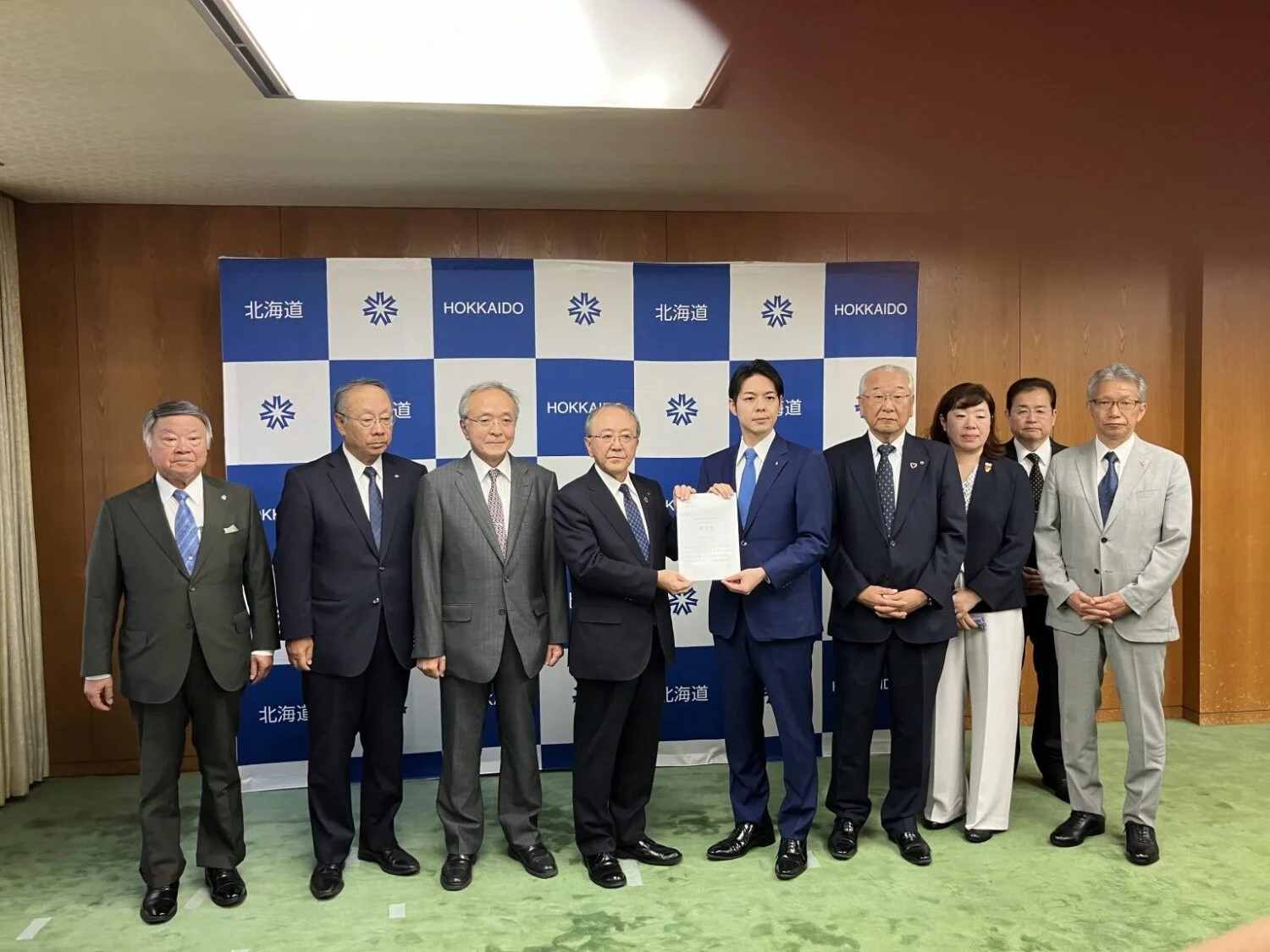Electricity supply increased as the result of resumption of operations at the Takahama-3 Nuclear Power Plant (PWR, 870MWe), owned and operated by the Kansai Electric Power Co. (Kansai EP), bringing the capacity reserve margin in Kansai EP’s service area in February to 6.9%, up from 3.3%. Restarted on January 29, Takahama-3 began constant operation at rated thermal output on February 4.
The original outlook for national electricity supply and demand this winter, issued in October 2015 by a subcommittee of the Advisory Committee for Natural Resources and Energy, was based on the assumption that no NPPs would be restarted during the current fiscal year (April 2015 to March 2016) other than Sendai-1, owned and operated by the Kyushu Electric Power Co., which had resumed operation in August.
For March, the capacity reserve margin in Kansai EP’s service area was initially calculated at 3.1%, but that figure was increased to 8.2% as a result of the restart of Takahama-3. It will now be 14.4% with the imminent restart of Takahama-4.
The extended, heavy use of thermal power has left the power supply and demand situation in Japan precarious, however. For example, the postponement of periodic inspections under the Act on Special Measures concerning earthquake-related cases (as exceptions to the Electricity Business Act) increases the possibility of unexpected problems.
Kansai EP thus urges continued energy conservation on the demand side, together with efforts to restart NPPs as soon as possible, on the premise of ensured safety.


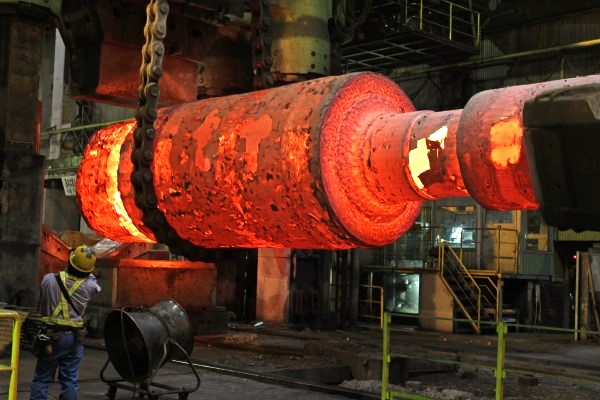








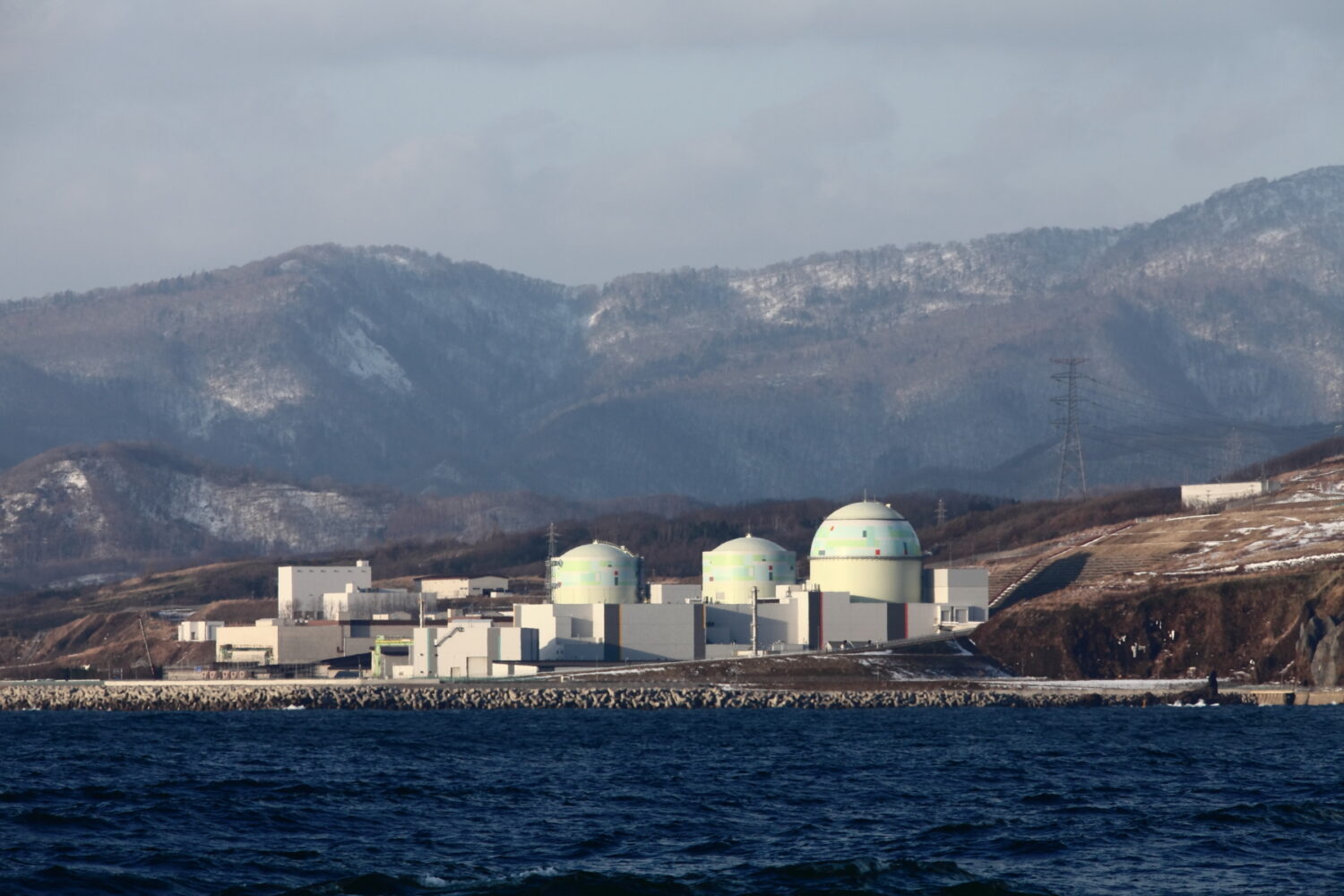
-049.jpg)
.jpg)

